We don't claim to be mind readers, possess telepathic properties or be able to see into the future… but today, we think we know what your destiny holds. That's because we predict that for the next few minutes, you'll be discovering the story of the Coronation Stone and finding out where is the Stone of Destiny now.
To confuse everyone, this famous Icon of Scotland is known as the Stone of Scone, so we will use these phrases interchangeably to keep you on your toes.
Get ready to find out more about how this stone played an important part throughout history, what happened when it went AWOL, and why it is sometimes thought of as a symbol of Scottish nationalism.
What is the Stone of Destiny
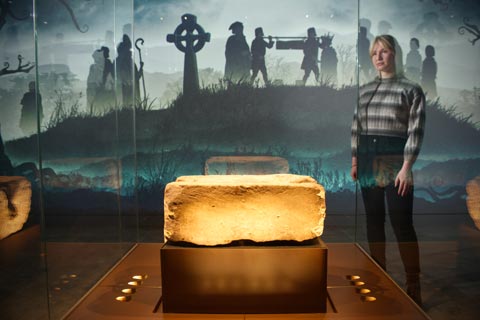
You may be familiar with what the Stone of Destiny is, but if not, here is a quick recap. As the name suggests, the Stone of Destiny is indeed a literal stone, but it's what this item symbolises that makes it so special.
A slab of sandstone in what can be described as light red in colour with markings said to be caused by general usage/age and from tools, it's ironic that despite its fairly anodyne appearance, this stone has a rich history that is anything but run of the mill!
The stone is made of rock from the Early Devonian age, around 400 million years old.
What is so special about the Stone of Scone

There are so many reasons this stone is considered special in the history books. Many of these centre around members of the monarchy and the part this stone had to play in crowning kings and queens of yesteryear.
There are reports that the Stone of Destiny was used for Scottish kings in the area now known as Argyll, which at the time was called Dalriada, with the stone eventually finding its way to Scone back in 840 AD. This then set the precedent for Scottish Monarchs to be coronated at Scone Palace near Perth in the future.
What is the Stone of Scone
As a slight aside, earlier we told you that the Stone of Destiny is also sometimes called the Stone of Scone. This may be due to the fact it ended up taking up residence at Scone Palace, although it also displays links to Scone due to the type of sandstone it is. This is because this particular type of sandstone has been found at locations near Scone.
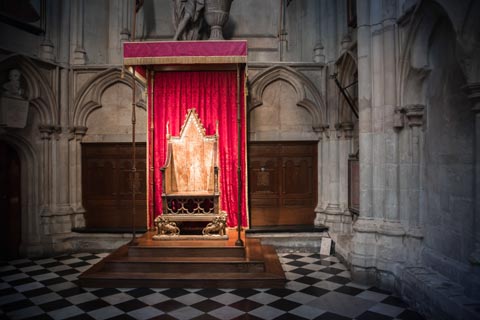
The tradition of the stone being used during coronations at Scone continued for many years, until notably just before the turn of the 14th century when King Edward I of England took the Stone of Destiny and incorporated it into a throne at Westminster Abbey.
This throne is known as The Coronation Chair and it has been used in the coronations of English and, later, British monarchs for over 700 years … right up until the present day when it was used for King Charles III, an event many of us will have been lucky enough to watch in real time.
Fittingly, the Stone of Destiny was also used for Queen Elizabeth II over 70 years prior.
Who stole the Stone of Destiny
For an item that is arguably extremely precious, it seems unbelievable to think that back in 1950, this precious heirloom was subject to thievery!
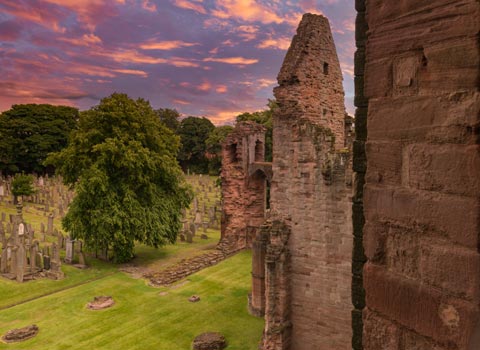
On Christmas Day, 4 students from Scotland studying at the University of Glasgow broke into Westminster Abbey and removed the stone. It was missing for over 3 months.
After a national search, it was recovered at Arbroath Abbey the following year, marking its unofficial return to Scotland. In April 1951, the stone was returned to Westminster Abbey.
This miraculous feat was carried out by Ian Hamilton, Gavin Vernon, Kay Matheson and Alan Stuart and was said to be spurred on by themes including nationalism and independence.
Damage to the stone
Although the stone was removed more or less intact, unfortunately, some damage was done – a section of the stone was said to have become detached during the heist, although this was later repaired by a stonemason.
Eventually, the stone's return to Scotland became permanent when, in 1996, it was officially displayed at Edinburgh Castle alongside the Honours of Scotland, where it remained until very recently.
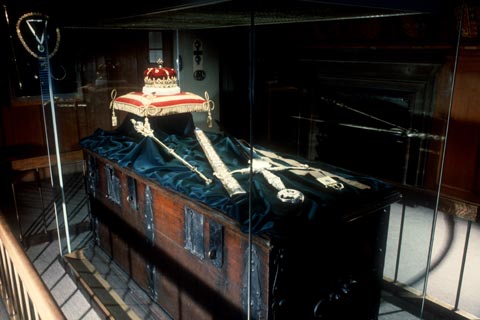
The trip back to Scotland took place on St Andrew's Day, and the Stone of Destiny was welcomed back with open arms by many people who waited patiently to watch it paraded along the famous Royal Mile.
Where is the Stone of Destiny kept?
After the Coronation of King Charles III, the stone was returned to Scotland, where it was again put on display at Edinburgh Castle alongside the Crown, Sceptre and Sword of State.
Earlier this year, the stone was moved to its new home at Perth Museum, which reopened after a £27Million refurbishment. A mere three miles downriver from the ancient site at Scone.
The history of the Stone of Destiny
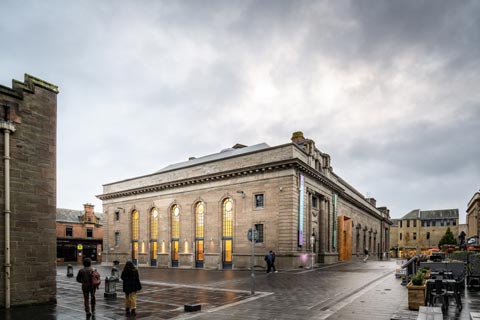
With the stone playing such a pivotal role in coronations, you may ask yourself how it ended up taking on this mantle. As is the case so often with Scottish legends, there is no one specific answer, although several theories have been put forward.
The legend you hear may vary – perhaps you've heard the tale of the Stone of Destiny being used as a pillow for Jacob at Bethel, or maybe you're familiar with the story of King Gathelus, who transported the stone to Egypt from Syria, which then ended up in Ireland, crowning the king at that time before eventually resting in Scotland.
An alternative version of history

You've heard of the term "history repeats itself", but what about the Stone of Scone repeating itself? Here, we refer to a fascinating theory that says this infamous stone had its own doppelganger!
It relates to the idea that the stone taken by King Edward was, in fact, a mere copy due to it being replaced by monks beforehand. The real stone having been hidden in the River Tay.
More recently, the Arlington Bar in Glasgow claims stewardship of the authentic Stone of Scone. Their claim is that after the stone was removed from Westminster Abbey in 1950, the liberators called at the bar for refreshments. They hoisted the stone onto the bar, which has remained in the pub ever since.
Discover Scotland’s history with Scottish Tours
A tour of Scotland with Scottish Tours will introduce you to our history, legends, landmarks and stunning scenery in equal measure.
Book your Scotland tour today.
Photo credits: Perth Museum, Greg Holmes, Shutterstock and VisitScotland

